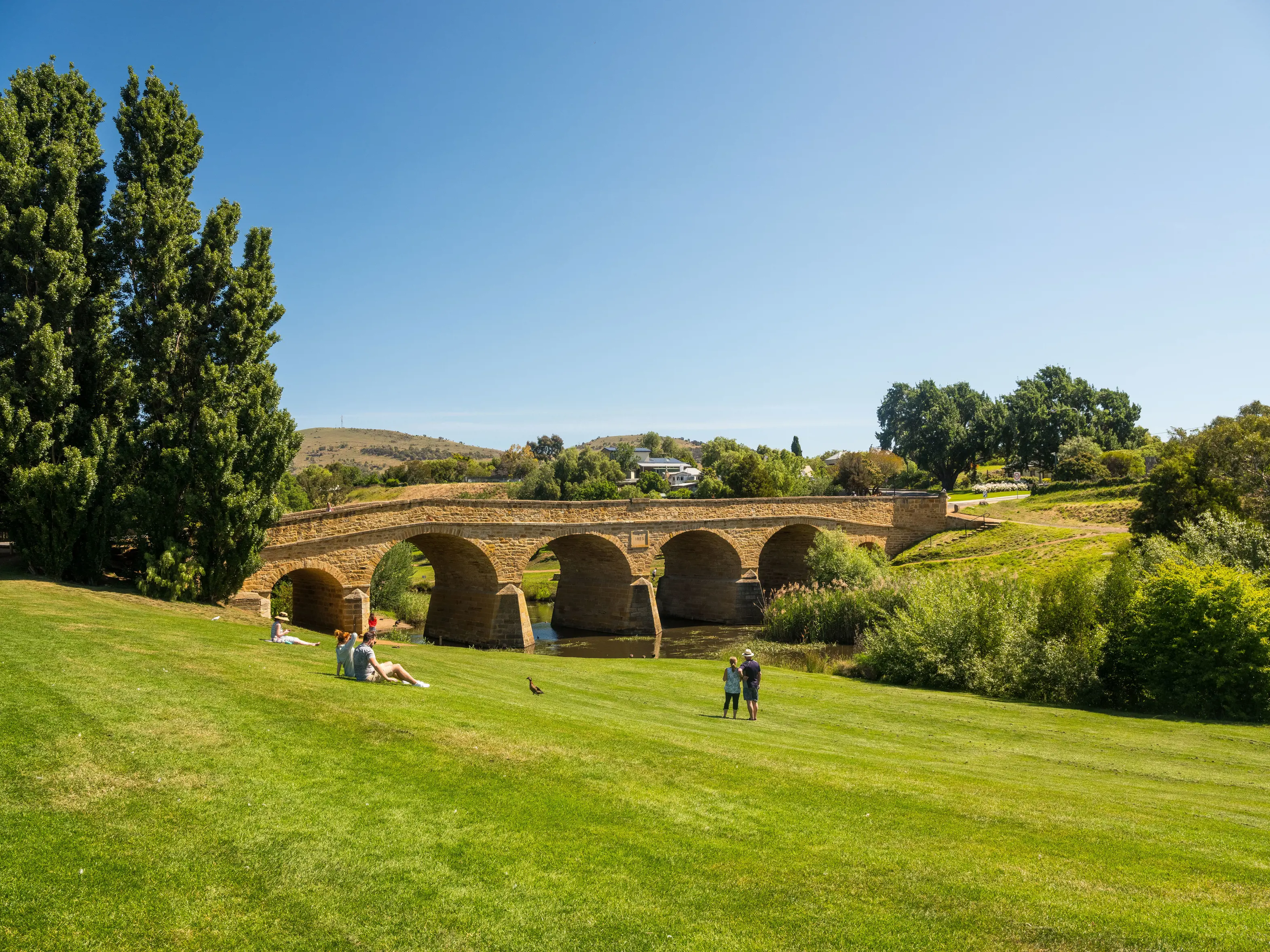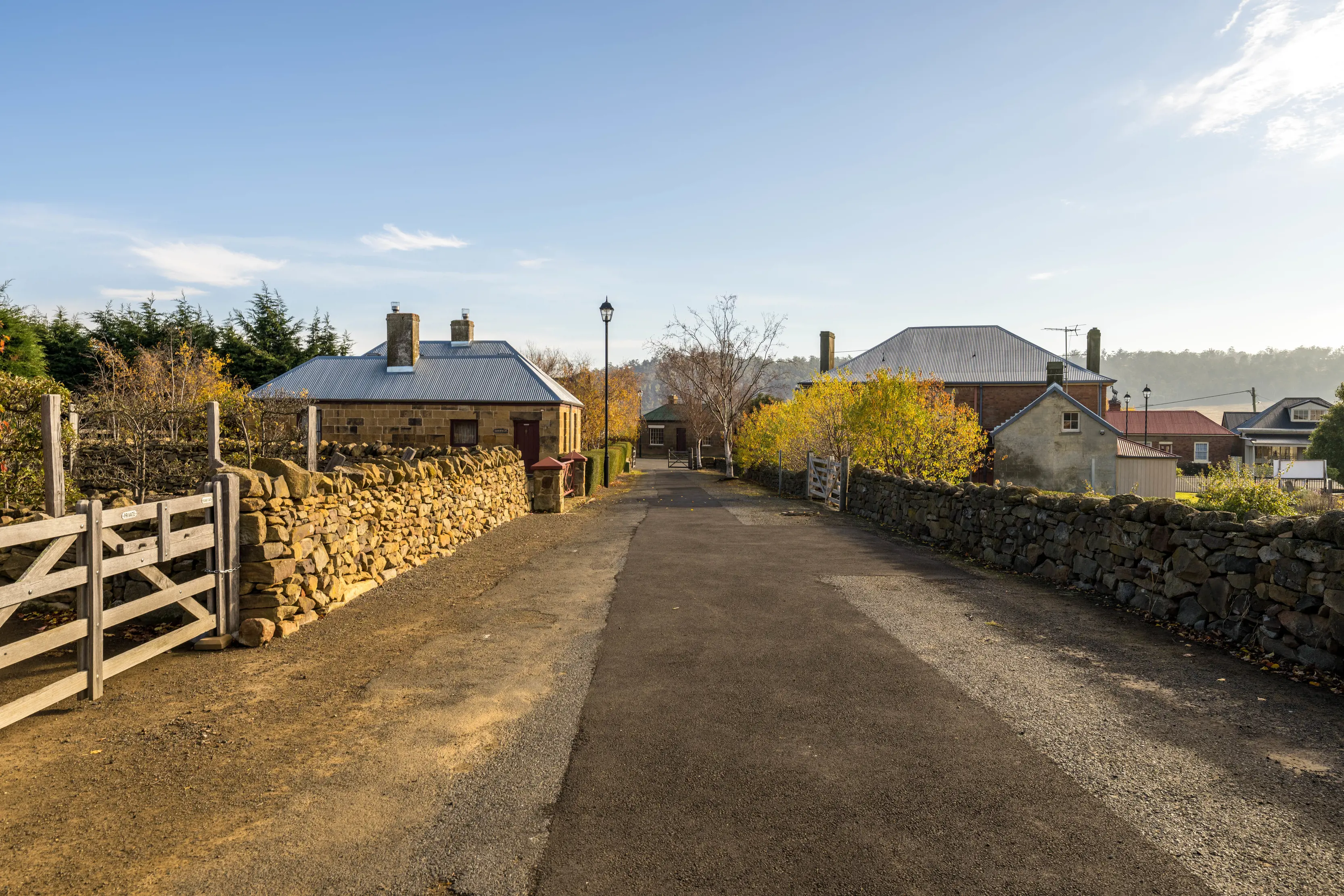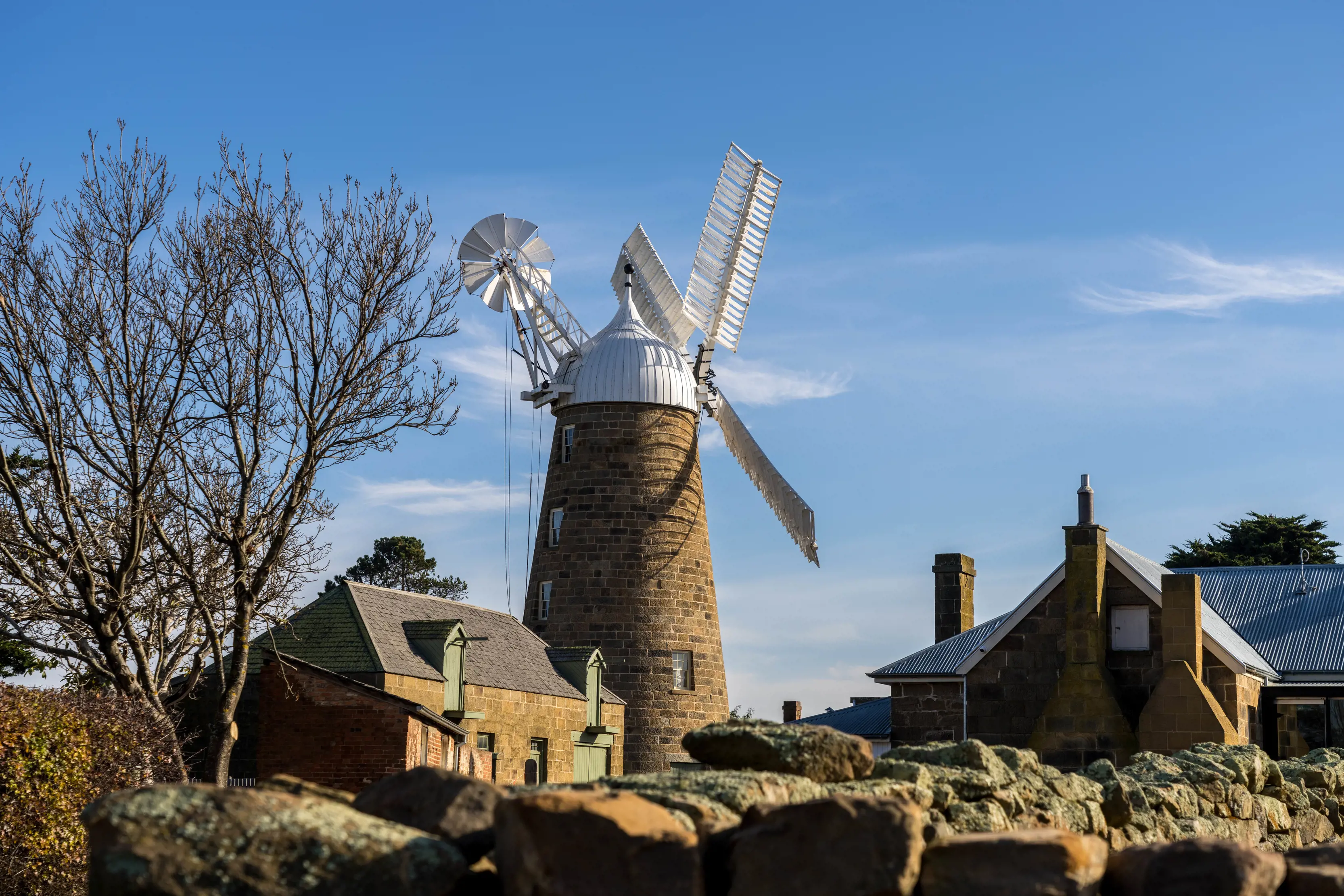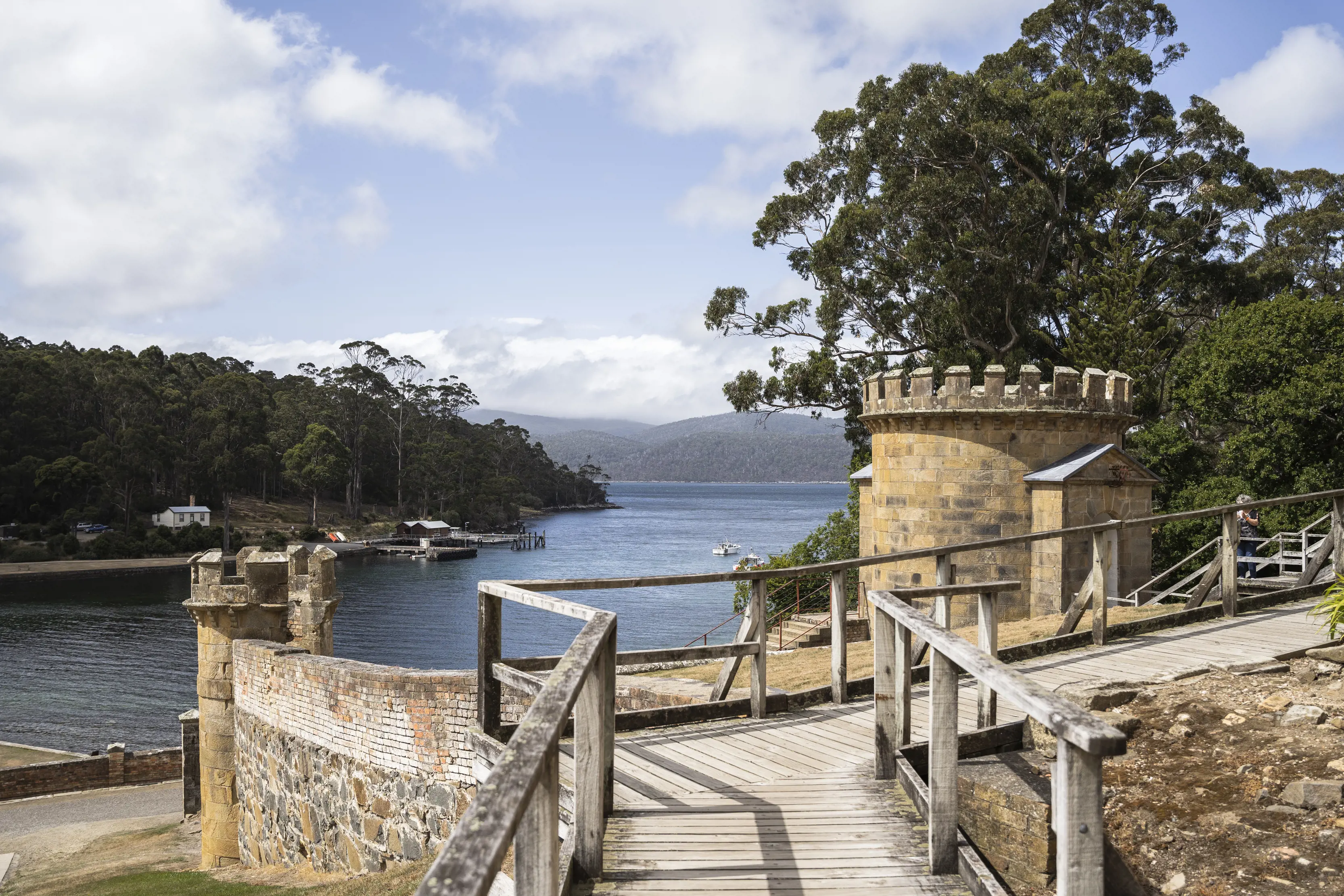
History looms large in southern Tasmania.
From the debaucherous antics of whalers and sailors in Salamanca and Battery Point, to the hardship inflicted on the men, women and children in convict prisons, the southern region of Tasmania has an intriguing past.
Convict sites
Tasmania's south was home to several notorious convict prisons, now UNESCO World Heritage–listed sites. Spend a few days following the Convict Trail to discover places of brutal 19th-century convict punishment preserved amid wondrous scenery.
Unravel the gruelling history of Tasmania’s most famous convict site where more than 12,500 convicts served time – Port Arthur Historic Site. The nearby Coal Mines Historic Site housed 500 convicts at peak operations and features the remains and ruins of Tasmania’s first operational mine.
An estimated 13,500 female convicts were transported to Tasmania to serve their sentences between 1803 and 1853. Many of them ended up at the Cascades Female Factory, which operated as a prison and workhouse from 1828 to 1856 at the base of kunanyi / Mount Wellington, in what is now the suburb of South Hobart.
It’s an eerie walk through the 36 solitary confinement cells beneath the floor of the chapel at Hobart Penitentiary Chapel, known as the Tench. Built in the early 1830s to house the growing number of convicts in the colony, its gallows are still in working order.

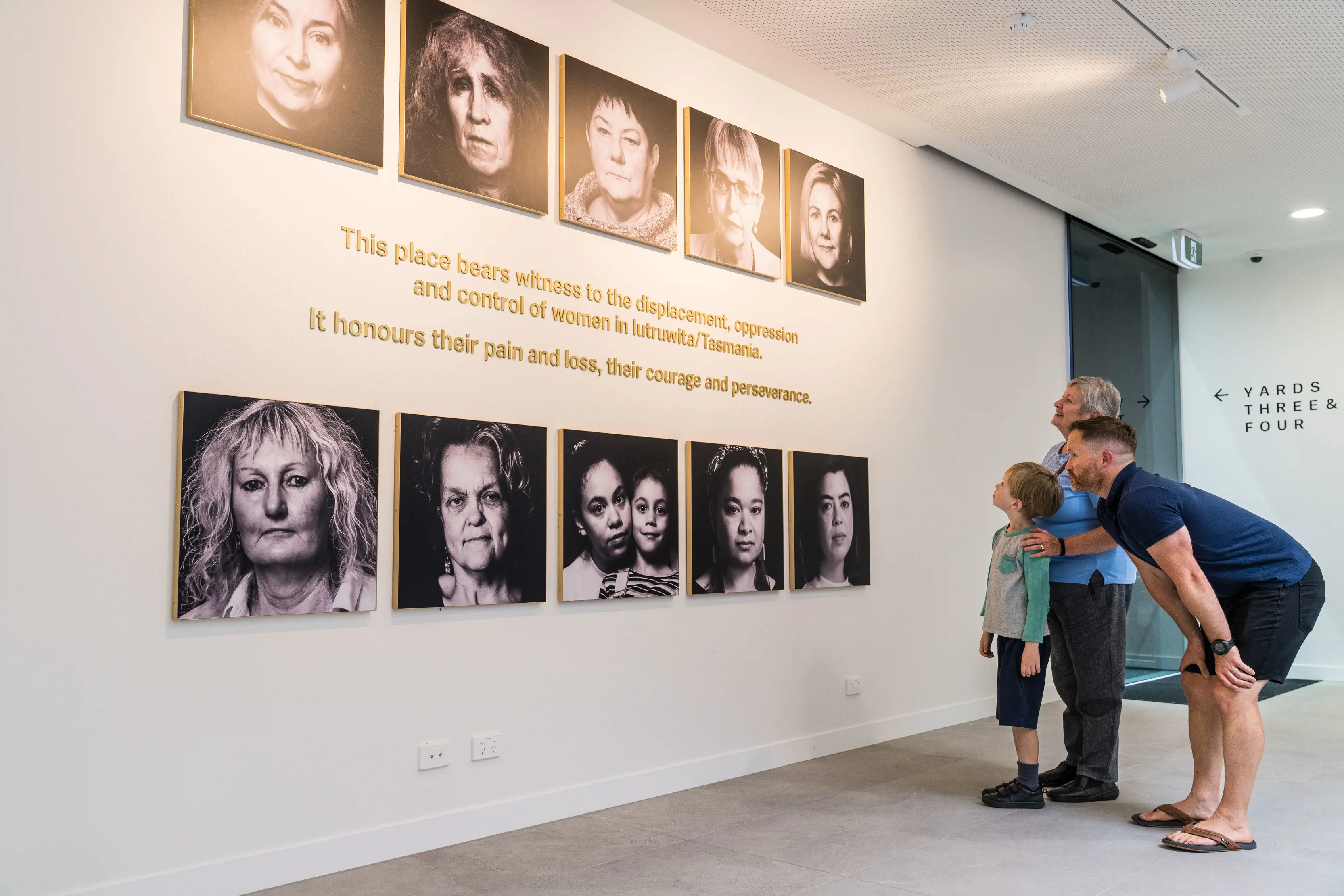
Historic Hobart
Explore the cobbled laneways that lead to boutiques and art galleries in the impressive Georgian sandstone buildings at Salamanca. Go up Kelly’s Steps and feel transported in time as you stroll through the quaint streets of Battery Point, Australia’s best-preserved colonial-era suburb. Hear the fascinating stories of the charismatic characters who helped shape early Hobart as you wander past heritage-listed buildings on a Hobart Historic Tour.
Colonial villages
Be immersed in history with a visit to a colonial-era village. Richmond has more than 50 Georgian buildings, many meticulously restored and operating as cafes, restaurants, galleries and accommodation. Standing on a rise above Richmond Bridge, the oldest in Australia, built by convicts in 1825, St John the Evangelist Catholic Church, built in 1837, is the country’s oldest surviving Catholic church.
Take a drive up the Heritage Highway to Oatlands to find Australia’s largest collection of sandstone Georgian buildings. There are 150 of them, mostly convict-built, including 87 along the main street. Step behind the facades to find antique shops, cafés and bars. The most prominent building in town is Callington Mill, Australia’s third-oldest windmill (1837) and now the centrepiece of the Callington Mill Distillery.
